What it’s like to die from COVID — and how it feels for those left behind
Reckoning with a disease that has claimed
nearly 2,000 Albertans in the past year
By , 1 person had died.
Marlene Ducommun realized she was going to die and was angry for about 15 minutes.
The 76-year-old had given up a lot in her efforts to avoid catching the virus that causes COVID-19, but it managed to get her anyway. Some people barely feel the effects of the disease, but her case turned out to be especially severe. After a few days at the Foothills hospital, her condition only worsened, and doctors didn’t sugar-coat the prognosis. She knew her death would come soon.
And so close to Christmas. It wasn’t fair.
Back in the spring, Marlene gave up her job at a hardware store in northwest Calgary, where she worked more for the social interaction than for the paycheque. They called her the matriarch of the Tuscany Home Depot. She loved greeting the customers and was always up on the latest staff gossip. But her family thought the work had become too risky, with all the in-person interaction, and Marlene reluctantly agreed to give it up. She would play it safe and stay home until this whole pandemic situation blew over.
“That was just heartbreaking for her,” said her daughter, Debbie Ducommun. “Because she loved going to work and she was very, very social.”
Weeks of isolation turned into months, and Debbie could tell her mother was growing lonely. Daily conversations over FaceTime weren’t the same as in-person visits, complete with hugs and sharing Marlene’s freshly baked cookies. Still, they figured, it was better safe than sorry. And Marlene was safe, until suddenly she wasn’t.
Debbie doesn’t know for sure if that day in mid-November is how her mother caught the virus.
“I was in and out of her house very, very briefly to drop groceries,” she recalled.
“We both wore masks.”
A few days later, Debbie started to feel sick with cold-like symptoms. She went for a COVID test immediately and self-isolated as she awaited the results. Two days later, the news arrived via text message: positive. She called her mother right away.
Marlene said she was feeling fine, apart from a “bit of a cough.” They requested a test, via the home care she was receiving because of an earlier hip replacement. It took nearly a week for someone to arrive. The cough was getting worse.
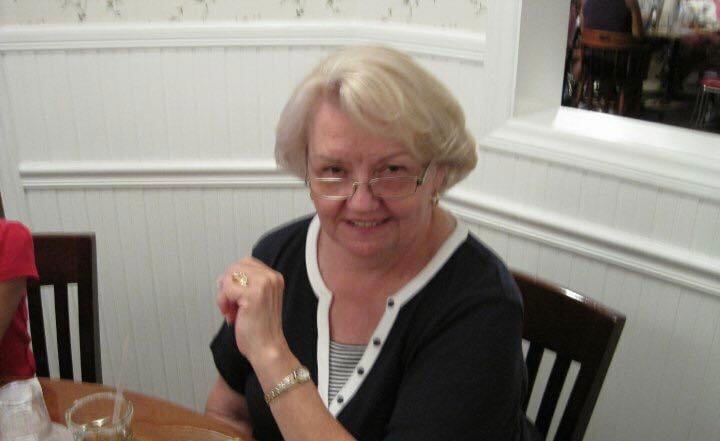
On Monday, Nov. 30, Marlene fell in her home. Her grandson came to her aid, wearing gloves and a mask, but it quickly became clear she needed an ambulance. When paramedics arrived, they noted her blood-oxygen levels were low and took her to the hospital. Doctors determined Marlene indeed had COVID, as well as pneumonia in both lungs. If there was any good news, it was the fact that the fall had brought her to the hospital sooner rather than later. They put her on oxygen and antibiotics.
By Wednesday, any optimism had faded. Marlene’s oxygen levels continued to decline and there was little room left for increasing the oxygen they were giving her. Her doctor phoned Debbie to deliver the news.
“I was just in absolute shock and disbelief,” Debbie said.
She contacted her mother via FaceTime right away. Marlene was well aware of how serious her situation was.
“She said, ‘Oh, dear ... I so wanted to be home to bake cookies for Christmas.’”
Family came to the hospital to say their goodbyes. Marlene’s grandchildren, aged 25 and 21, were allowed 15 minutes with her, dressed in full, personal protective equipment. Any longer wasn’t considered safe.
Doctors made an exception for Debbie, who was at the tail end of her own bout with COVID. She spent the afternoon and evening with her mom and returned to the hospital the following day. By then, Marlene was “in and out,” but Debbie managed to have a conversation with her mother over the din of the machines running at maximum capacity to help her breathe.
They talked about everything. Life. Motherhood. How to carry on after Marlene had passed.
“When it became very clear that she wasn't going to make it, and she had to kind of surrender to it, it was really tough for her,” Debbie said.
“She went through about 15 minutes of anger ... but that left her very quickly. And she just talked about love. I will never forget that as long as I live.”
Debbie left the hospital Thursday night and tried to rest. Her phone rang at 2:30 a.m. Friday morning.
It was time.
The only thing keeping Marlene alive were the machines. Once they were switched off, Debbie sat by her mother’s bedside, holding her hand.
“She was just gasping for breath for about 15 minutes. And then, she took her last breath.”
“I sat with her for another 15 or 20 minutes, and I told her everything that I wanted to say.”
A year of death
It’s been a full year since the first COVID death in Alberta and the disease has now claimed nearly 2,000 lives across the province.
In a typical year, that would make it the third-leading cause of death tracked by Statistics Canada, behind cancer and heart disease but ahead of stroke, accidents and suicide.
The novel coronavirus turned up in Alberta last spring, subsided over the summer, and came roaring back in the fall. By early November, the province was recording 600 new infections per day, more than ever before. A group of alarmed physicians called publicly on the provincial government to institute an emergency lockdown. An even larger group reiterated that plea a week later, as the exponential growth continued. A third plea was issued in late November, when 1,600 new cases were being diagnosed daily.
Finally, the government agreed. Premier Jason Kenney announced limited public-health restrictions, at first, and then even stricter measures two weeks later. They worked, slowly bringing the case counts down from a peak of nearly 1,900 in early December.
But due to the lag between infection, incubation and severe illness, the human toll continued to grow.
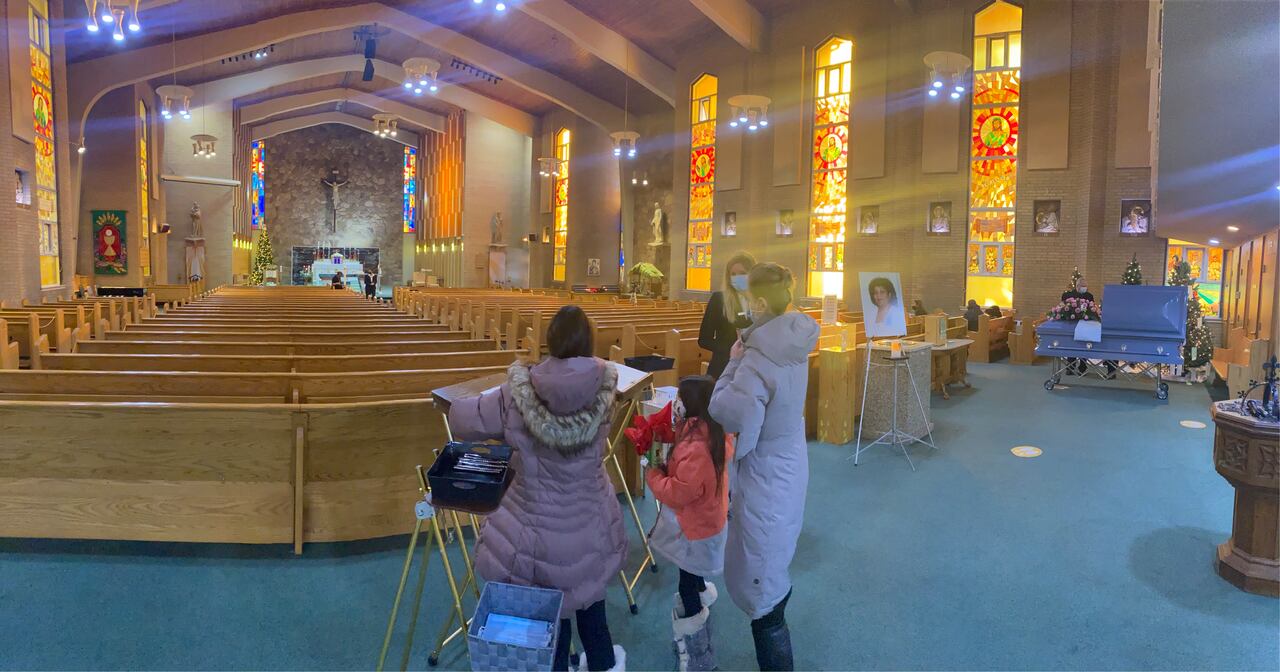
Marlene Ducommun was one of 618 Albertans to die of COVID in December, the pandemic’s deadliest month. More Albertans died in December than in the nine previous months combined. The deadliest week came right around Christmas. From Dec. 21 to 27, the novel coronavirus was claiming 24 lives per day across the province.
One death per hour.
Obituaries offer small glimpses into the lives that were lost.
Among them was Henry Pabst, an outdoorsman, professor and doctor who specialized in the immune system and was honoured as a "Physician of the Century" in 2005. Lorraine MacDonald was an elementary school teacher, a realtor, and “one of the most generous people you could ever hope to meet.” Murray Logan lived a life of adventure, once escaping an attempted coup in Morocco. Alma Casavant was a “kind and gentle lady” and an exceptional cook. She survived cancer and two hip replacements and had been looking forward to her 100th birthday, but didn’t quite make it.
These snippets from a small sample of obituaries over a single week can’t begin to convey the scale of death over the past year. Each person the virus claimed lived a full and complex life, with rich connections to loved ones now left behind to grieve, often alone, as funeral services are limited in attendance, held via video stream or delayed indefinitely.
We have become accustomed to a daily accounting of these deaths. Numbers and charts and facts and figures flood the news and our social media feeds. Over time, the numbers can become numbing. As much as we might try to remind ourselves that every number represents a real human being, our minds struggle to square the individuality of each life with the magnitude of the losses. Death at such a scale can overwhelm our capacity to empathize.
For many, the numbness can be soothing. A year is a long time to be so consumed by disease, death and disruption to daily life. Everyone needs to retreat, mentally and emotionally, from the reality of the situation, if only for a little while.
But for those who have been most directly affected, it’s not so easy to forget, if only for a moment, about a loved one who’s gone.
Barbara Whalley, 66
Dec. 28 • Edmonton
Barbara Whalley had a remarkable ability to remember everyone’s birthday. She was always reminding friends and family not only that they had a birthday coming up, but which day of the week it would fall on this year.
Before the pandemic, Barbara was active in the community. She had perfect attendance in the Happy Rollers Bowling League. She loved swimming, family dinners and shopping. She was learning how to use a computer, and had taken a liking to playing solitaire, in particular.
Barbara died in an Edmonton hospital on Dec. 28, after contracting COVID-19 earlier that month.
She was 66.
Months later, Elizabeth Kjellbotn and Catherine Whalley remain surprised that their bright and funny older sister, whose only underlying health condition was a mild case of asthma, succumbed to the virus.
“We found it a little unbelievable,” Catherine said, “because Barbara, in many ways, was a very robust, very healthy individual.”
Barbara lived with a developmental disability because of a brain injury she suffered during her birth. She lived in a small group home in Edmonton run by the Winnifred Stewart Association.
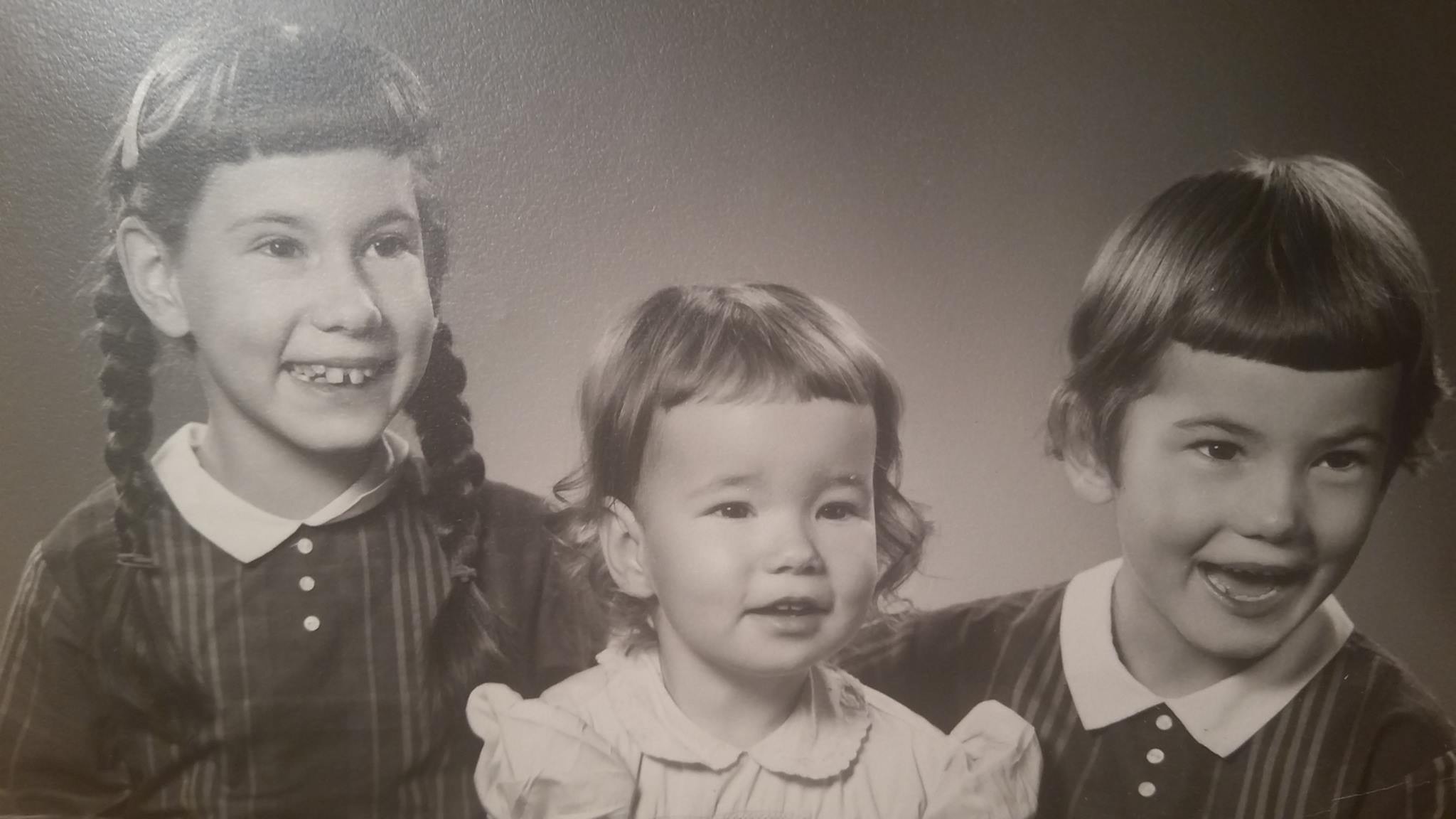
It was a family tradition for Barbara and her sisters to get together for dinner every two weeks. The last time they met, they went to Golden Rice Bowl — Barbara’s favourite — for dim sum. It was March 2020.
When public health restrictions were put in place, Barbara’s group home worked hard to ensure residents would be safe, while also finding ways to keep them connected with their families. Her last visit with her sisters happened outdoors, on the group home’s porch, in October. Then rules tightened even further.
Word that someone in the group home had contracted COVID-19 came in December. Then came the news another resident had died. Then Barbara got it, too.
Over the phone, she told Elizabeth her throat was sore. Things got worse from there. On Dec. 22, paramedics were called because Barbara was having trouble breathing. She was admitted to hospital, where her sisters were unable to visit.
“I kept trying to say, ‘Look, she’s developmentally delayed. She has a mental age between four and six. She needs us there,’” Elizabeth said. “But it wasn’t allowed.”
The next morning, Dec. 23, medical staff told Barbara’s sisters she was being transferred to the intensive care unit. They were going to intubate her.
Catherine and Elizabeth said they told hospital staff that Barbara needed someone with her, because she wasn’t able to understand what was happening on her own, but they were again rebuffed.
Barbara’s condition continued to worsen. Doctors diagnosed her breathing troubles as acute respiratory distress syndrome. Her kidneys failed. Medical staff told her sisters she wasn’t a candidate for dialysis, and that she wasn’t expected to recover. In an induced coma, Barbara was moved out of her ICU room to a comfort care room.
Her sisters were finally allowed to see her on Dec. 28.
“We spent a couple hours with her, talking about memories, singing some of her favourite songs,” Elizabeth said.
“Then we had the respiratory therapist come in, and the nurse, and they took her off intubation. And she was gone in five minutes.”
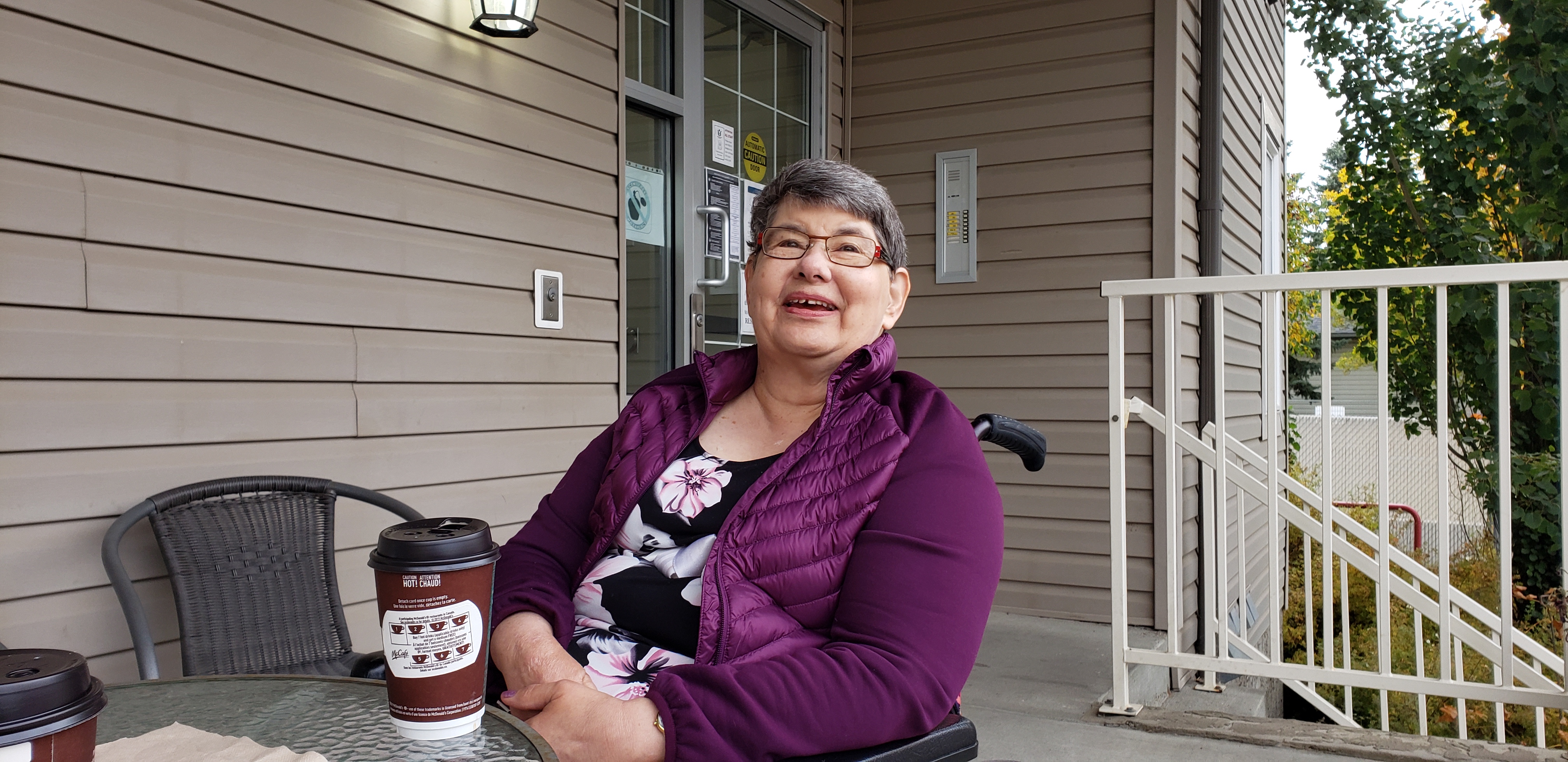
The sisters had Barbara cremated and plan to inter her remains next to their parents’ on Prince Edward Island, once it’s safe to travel.
They understand the hospital’s policy of keeping Barbara isolated. And they believe if she had been admitted at a different time — instead of during the height of the second wave in Alberta, when ICUs were overwhelmed, especially in Edmonton — things might have been different. They spoke with medical staff after Barbara’s death, who were empathetic to their concerns and said they would try to find ways to make different accommodations for families of people with disabilities in the future.
Still, they can’t help but wonder if Barbara felt abandoned in her final days.
They wonder, too, if things might have been different if they had been allowed to stay by Barbara’s side, to encourage her to do her deep breathing, to boost her spirits, to encourage her to keep fighting.
“Honestly,” Elizabeth said, “I think she gave up.”
Catherine and Elizabeth gave the gifts they bought Barbara for Christmas to family friends. Her birthday would have been March 25, and they still catch themselves spotting treats and presents she would have loved.
“The first few months are filled with those moments of thinking, ‘Oh, this would be perfect for Barbara’ or, ‘Oh, I should give Barbara a call,’” Catherine said.
“And then you’re hit once again with that feeling of ‘Oh, I can't.’ And I miss her. I miss her a tremendous amount.”
Grief, trauma and denial
Stories like Barbara’s and Marlene’s echo the grief of all those who have lost loved ones to the pandemic. Each life that ended was singular and complex. At the same time, each person’s death was part of a larger and even more complex loss that we struggle to grapple with as a society.
“The situation, collectively and individually, has been much harder than I think we imagine,” said David Kessler, author of Finding Meaning: The Sixth Stage of Grief.
What makes the pandemic so especially difficult, Kessler said, is how little we can actually see it. Large-scale tragedies like the Sept. 11 attacks are etched into our collective memories through imagery. But an invisible virus doesn’t have the same effect.
That’s not to say it has no effect. The pandemic has pervaded our lives in more subtle ways, which vary from person to person, but are detectable nonetheless.
“It’s a period of collective trauma for people ... and that shows up in our language,” said Chris Danforth, a mathematician and computer scientist who studies the ebbs and flows of our collective emotions through the words we choose on social media.
Danforth, along with his colleague Peter Dodds at the University of Vermont, developed a tool called the Hedonometer. For nearly a decade, they have been collecting 10 per cent of the roughly 500 million public messages posted to Twitter daily and feeding that enormous volume of text into their computer program, which analyzes it for the appearance of words associated with different emotions. The result is a sort of temperature check of how the English-speaking world is feeling on any given day.
Tragic events would typically register heavily on the Hedonometer, but the blip in our collective sadness would usually only last for a day or two. In April 2013, the Boston Marathon bombing registered as one of the saddest days ever recorded by the instrument. But the Hedonometer spat out even sadder readings in 2020 — for weeks on end.

The effects of the pandemic show up not just in our language, but in our brains, too. And this isn’t limited to those who have lost family members to the disease.
“The death of a loved one or the serious illness of a loved one can be traumatizing,” said Keith Dobson, a professor of clinical psychology at the University of Calgary.
“Many people have also experienced loss in the form of lost jobs, lost opportunities, loss of contact with loved ones.”
Broadly speaking, he said, these types of losses can act as a precursor to depression. This can be exacerbated when those experiencing trauma withdraw from social interactions. Not everyone who has struggled with loss will become depressed, of course. And in general, Dobson said people “are actually fairly resilient.”
“But there’s a general irony about resilience,” he said.
“You can’t know how resilient you are until you face adversity. And we’re at that point now.”
So much of the suffering, too, happens behind the walls of hospitals and nursing homes, away from most of our eyes. As a result, there is often a disconnect between those who have experienced the trauma of a loved one’s death and those who have experienced the pandemic primarily through news reports, social media and the enduring, frustrating isolation that might lead them to think: Is all this worth it? Is the virus really that bad?
“There's increasing amounts of denial about the severity of this disease,” said Dr. Darren Markland, an intensive care physician at the Royal Alexandra Hospital in Edmonton.

Early on in the pandemic, Markland said people were seeking COVID tests or even coming into the hospital with the slightest sniffle. Now he sees more and more patients who put off any kind of medical attention until their symptoms become severe. He believes it’s a coping mechanism to the prolonged stress of the past year.
“The body wasn't physiologically designed to do this, nor was the mind,” he said. “What people are doing is protecting themselves, because they've burnt themselves completely out with being stressed.”
Denial “can be very comfortable,” Markland said, but when a person who is convinced the virus is not a problem suddenly becomes sick or sees a loved one fall ill, “all those facts come crashing down.”
“When it hits, there's a lot of scrambling to come to terms with all of these feelings.”
Josephine Chang, 100
Dec. 20 • Calgary
Sharon Chang got the news at noon on Dec. 20 that her grandmother had tested positive for COVID-19.
“My heart sunk when I heard about the diagnosis,” she recalled. “The prognosis was extremely grim given all her risk factors.”
Six hours later, Josephine Chang was dead, and Sharon was left struggling to process what had just happened.
“The shock of it all made my entire body feel numb.”
Josephine was more than a typical grandmother to Sharon. She helped raise her as a child, and the two lived together as adults in Calgary, before Sharon got married and moved to Ontario.
“If I can sum her up in one word, it would be: patient,” Sharon said. “Grandma never raised her voice and always used persuasion to steer us toward a better path.”

The last time they saw each other in person was nearly two years ago. It was Josephine’s 99th birthday. Sharon had booked a flight to Calgary to celebrate her 100th last May, but had to cancel. It wasn’t safe.
Josephine spent her final years in a nursing home. The previous nine decades of her life had taken her all around the world. She was born in Peru, where she lived until age 11, when her family moved to China. She studied nutrition in university and went on to work at a hospital in Hong Kong, where she met an internist who would become her husband. She later moved to the United Kingdom to study social work, before the family immigrated to Canada, living first in Regina and later moving to Calgary.
As a child, Sharon would spend hours with her grandma reading from the Little Golden Books series, learning how to shuffle playing cards and picking raspberries from Josephine’s garden. As an adult, Sharon says not a day goes by without her applying a life lesson she learned from her grandma.

In her later years, Josephine’s health started to fail. She suffered strokes, fell several times, and was growing confused. She seemed not to understand why Sharon and her brother couldn’t visit from Ontario. The family stayed in touch via video chat, and had another call booked just before Christmas, but Josephine died before they could speak, one last time.
Since then, Sharon has struggled not just with the loss of her grandma, but also with a dismissive sentiment she feels has been growing, particularly on social media, toward the pandemic, in the form of cavalier attitudes toward public-health restrictions, suggestions that the deaths of older people somehow matter less, or the outright denial of the seriousness of the disease.
“It's easy to dismiss the danger when the deaths are statistics and numbers,” she said, “and not a viscerally gut-wrenching loss to oneself.”
Marlene Ducommun, 76
Dec. 4 • Calgary
The anger that washed over Marlene Ducommun as she lay dying may have been fleeting.
But for her son, David, the feeling is still there.
Unlike his sister, he couldn’t be by his mother’s bedside as she died. David lives in Thailand, where he works as a golf professional. He’s lived outside Canada for decades now, but always stayed in touch with his mom back in Calgary. During the pandemic, in particular, they would chat nightly over FaceTime.
Thailand, a country of nearly 70 million people, counts its COVID deaths in the dozens. After a full year of the pandemic, it had recorded just 85 deaths. So it’s been especially hard, David said, to watch from afar as the virus runs relatively rampant through Alberta.
“I'm angry,” he said.
“I'm disappointed in our provincial government. Even though I've been away from the country for 27 years, I stay involved in the political situation and I think they really dropped the ball on this whole pandemic.
“People in Asia are pretty vigilant when it comes to wearing masks and social distancing,” he said. “I look at what’s happened in Alberta and I see people there saying ‘I need to have my freedom. I need to go to the bar. You guys can’t stop me.’”
Recently, David said things came to a head on social media with friends back in Alberta. He felt many were minimizing the severity of the disease and suggesting it only claims the old, the infirm, the weak.
“And I'm sitting there going, f--k, my mom was fine — sorry for my language — but my mom was OK,” he said.
“I’ve lost a lot of friends on Facebook over the last couple of months. I’ve just dumped people off, because I got tired of hearing it.”
Processing the anger and the grief has been difficult. From 12,000 kilometres away, at a time when international travel is restricted, there’s been a sense of stasis, a lack of closure.
“I just hope that one day I'm able to come home for a proper burial,” David said.
“I think it's really going to hit home for me the day that I do come home.”
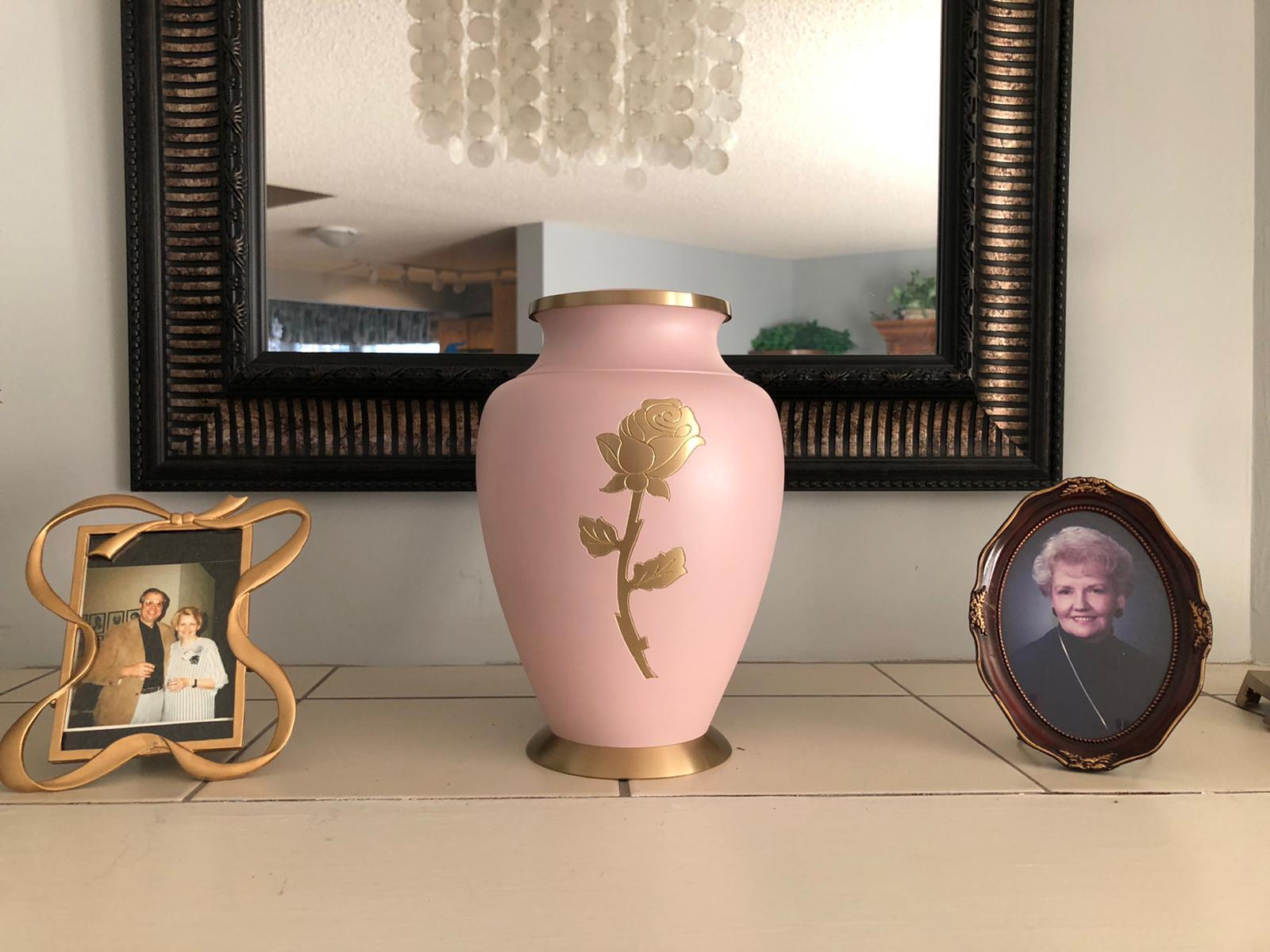
For now, Marlene’s ashes rest in a pink urn adorned with a golden rose that sits on a mantle in Debbie’s home. Next to the urn is a photo of Marlene and her late husband Emmerson, who was killed by a drunk driver 31 years earlier — on Dec. 4, 1989.
When Marlene realized her death might come on the same date, she worried about how it would affect the family.
“We talked about many, many things at the hospital,” Debbie said, struggling to catch her breath as she spoke.
“She said, ‘If I die on Dec. 4, that's going to be really horrible for you guys.’ And I said, ‘If you pass on Dec. 4, we will take that as a blessing and as a sign that you and dad are together.’”
Debbie feels fortunate to have had that time with her mother. They talked at length about life, death and how to carry on. Marlene spoke from experience. Before her husband was killed, she had also lost a son (who also happened to be born on Dec. 4) to spinal meningitis. Throughout her life, Marlene had set an example of resilience for the family.
“She knows what tough days are like … and she said to me, ‘There's going to be better days ahead, Debbie.’ And I've held on to that.”
The lingering effects of the disease make it difficult but, on Sunday afternoons, Debbie still makes trips to Kananaskis. Her excursions into the mountains on snowshoes are shorter than they used to be, as her lungs have yet to fully recover from the damage the virus wrought months ago. Surrounded by nature, she finds solace and hope.
“I have to take a lot of breaks and catch my breath, but I'm fighting back and fighting back,” she said.
“I want to honour my mom's wish of better days ahead.”
By , 1 had died.
